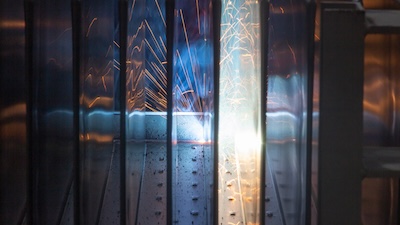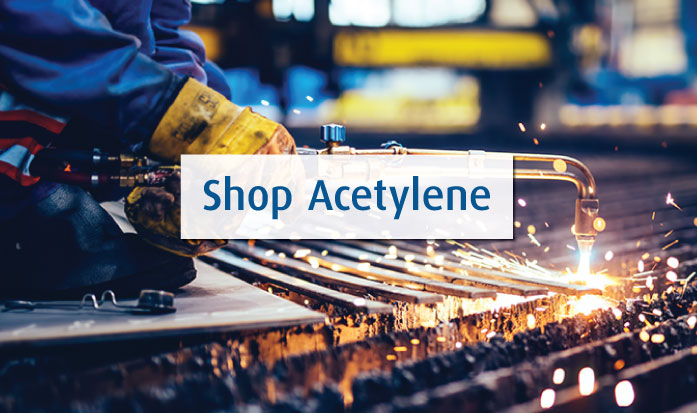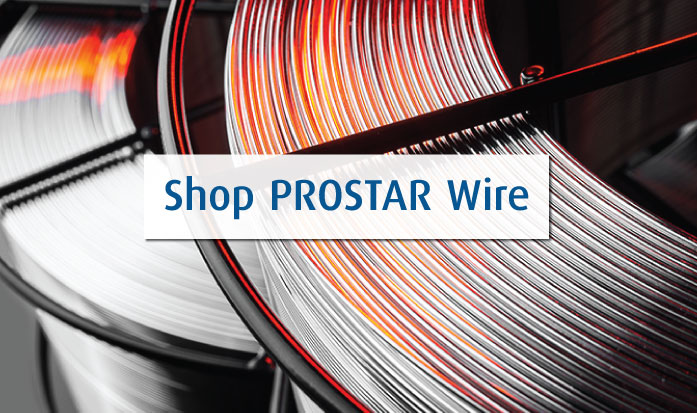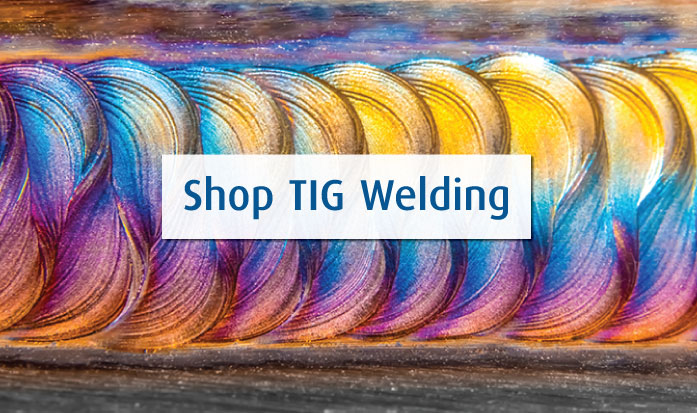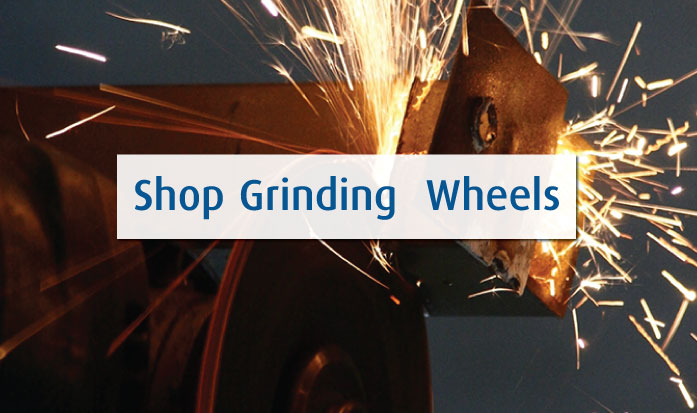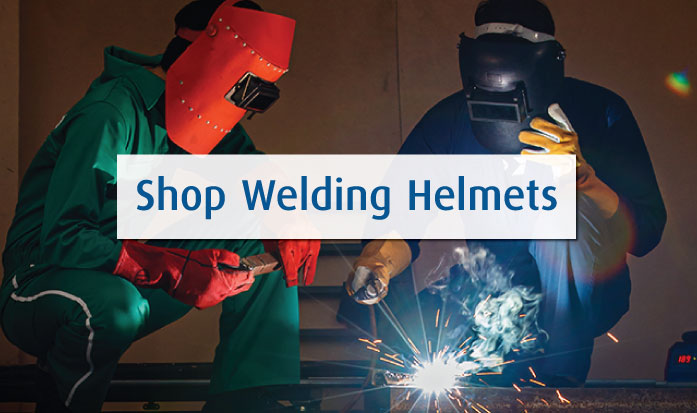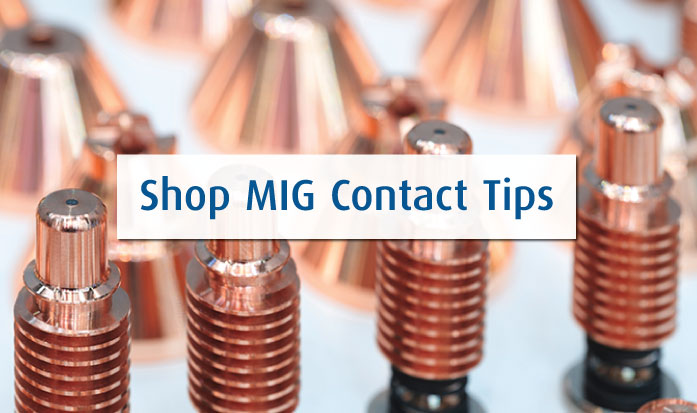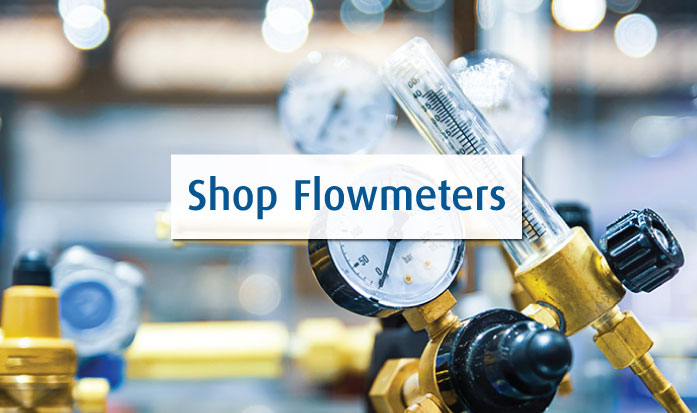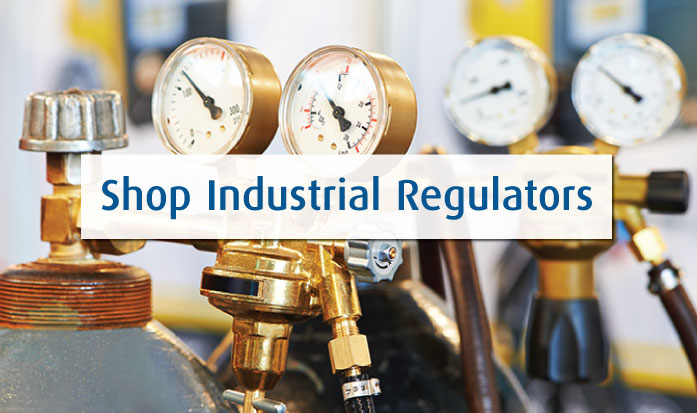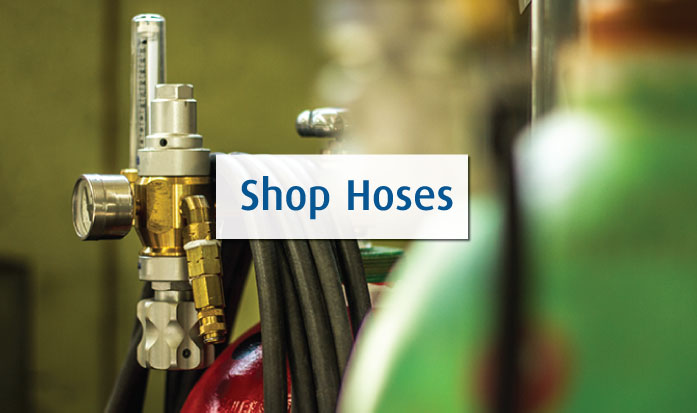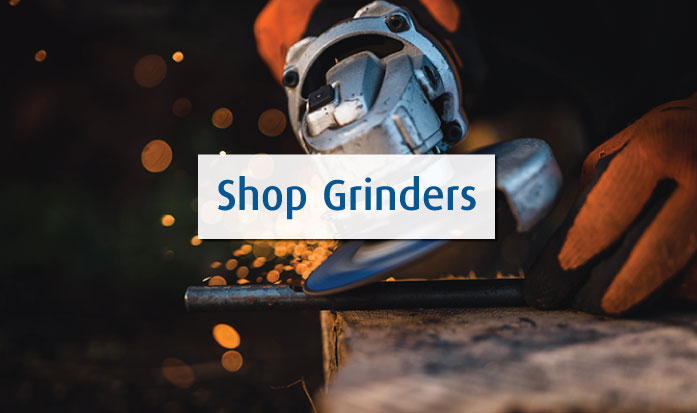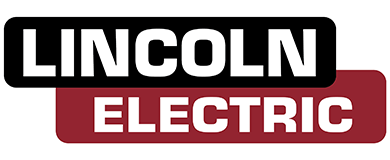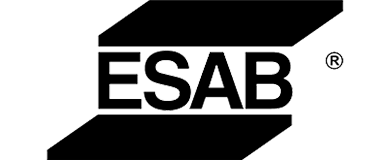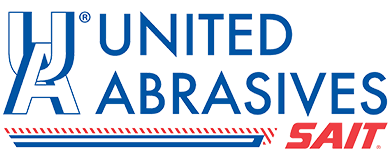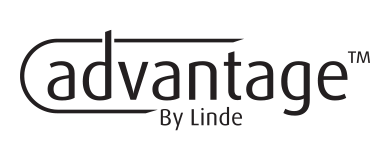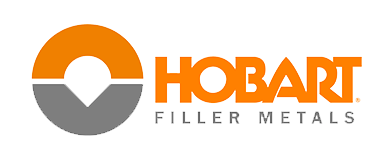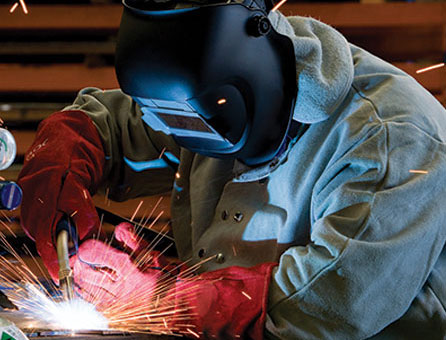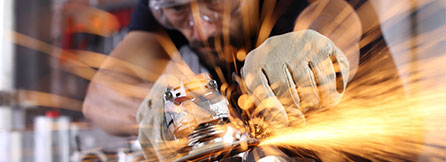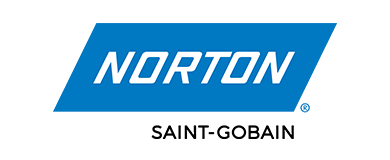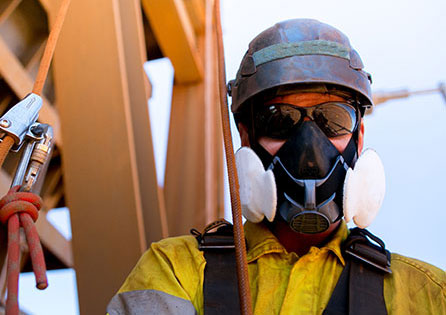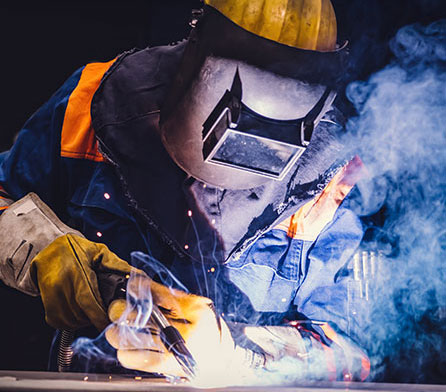An Introduction to Welding
Linde Gas & Equipment is proud to serve the metal fabrication industry with quality equipment, welding supplies, high-quality gases, as well as safety equipment and products. Discover the world of welding from the perspective of the industry leaders at Linde Gas & Equipment, with over a hundred years of welding experience.
Table of Contents: |
Welding Types Explained
Knowing what you would like to achieve in your welding project is one thing, and knowing how to get there is another. Achieving the desired results requires an intimate understanding of metal properties and welding methods, along with the skill to put those ideas into practice. Understanding the principles, equipment requirements, common applications, and considerations of various welding methods is essential for selecting the most suitable approach for specific welding tasks. Here we’ll be providing an overview of 4 different welding types: oxy-acetylene, stick, MIG, and TIG.
Oxy-Acetylene Welding
Oxy-acetylene welding, also known as oxy-fuel welding, relies on the combustion of oxygen and acetylene to generate a high-temperature flame for melting and joining metals. This versatile method is valued for its portability and suitability for welding various materials, including steel, aluminum, and copper.
To set up an oxy-acetylene welding system, welders need an oxygen cylinder, an acetylene cylinder, a torch, hoses, regulators, and appropriate personal protective equipment (PPE). A cart or carry case for the cylinders can also be used for cylinder storage and transportation.
Common applications include metal fabrication, automotive repair, and plumbing.
Benefits include high portability, versatility, and the ability to weld thinner materials
Stick Welding
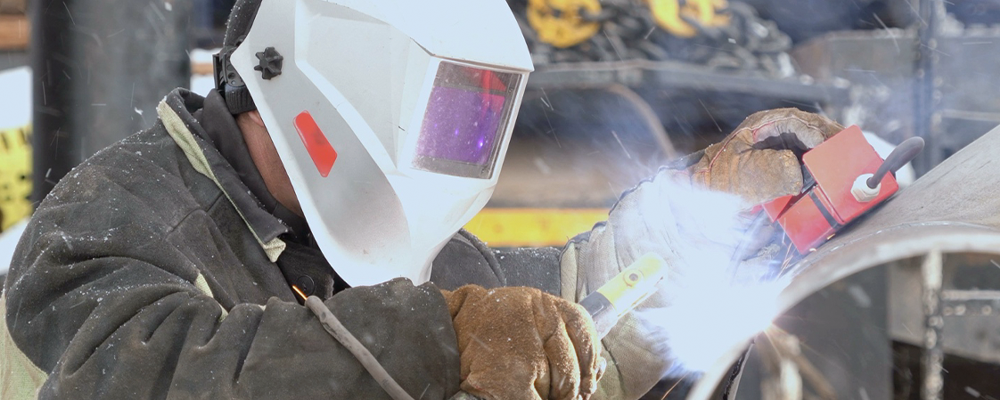
Shielded metal arc welding (SMAW), more commonly known as stick welding, utilizes a flux-coated electrode to create an electric arc between the electrode and the workpiece. This arc melts the electrode and the base metal, forming a weld pool that solidifies to create a weld joint.
Equipment for stick welding includes a welding machine, welding electrodes, electrode holder, ground clamp, and the appropriate PPE.
Stick welding is favored for its simplicity and versatility, as well as its success in outdoor and adverse conditions. Common applications range from architecture, pipeline construction and oil and gas fabrication, to ship building, general maintenance, and repair.
Ease of setup, versatility, and suitability for welding thick materials make stick welding a popular choice for beginners.
MIG Welding
Gas metal arc welding (GMAW), called MIG welding by trade, employs a consumable wire electrode fed through a welding gun, along with an inert shielding gas that is typically a mixture of argon and carbon dioxide. The electric arc between the wire and base metal melts the wire, which is deposited into the weld pool, forming a completed weld between the base metals. MIG welding is favored for its fast travel speeds, ease-of-use and versatility across various metal types and thicknesses.
Equipment for MIG welding includes a welding power source, welding gun, wire feeder, gas regulator/flowmeter, gas cylinder, ground cable and clamp, spool of welding wire and appropriate PPE.
Automotive manufacturing, robotic welding, and structural welding are just a few common applications of this welding method.
High deposition rates, minimal slag, and the ability to weld thin materials make MIG welding a popular choice for intermediate and professional welders.
TIG Welding
TIG welding, or gas tungsten arc welding (GTAW), utilizes a non-consumable tungsten electrode to create and hold the welding arc between the torch and base metal. A separate filler rod may be added to the weld pool as needed. TIG welding offers exceptional precision, control, and cleanliness, making it suitable for intricate and high-quality welding applications.
Equipment for TIG welding includes a welding power supply, TIG torch, tungsten electrode, filler rod, gas regulator/flowmeter, gas cylinder, ground cable and clamp and appropriate PPE.
Common applications include aerospace, automotive, and precision fabrication. Some hobbyists and professionals also create TIG welding art by manipulating the color of the weld with precise application of heat and gas.
Benefits of TIG welding include precise control over welding parameters, high-quality joints with minimal distortion, and suitability for fusing exotic metals like chrome-moly steels, copper-based alloys, and nickel-based alloys.
Welding Electrodes
In arc welding processes, an electrical current is used to generate the heat needed to melt the base metal and produce a welded joint. This arc needs an avenue to be transferred between the welding device and the workpiece; and that’s exactly where welding electrodes come into play.
What Is a Welding Electrode?
An electrode is a conductive material used to initiate and maintain an electric arc during welding. It serves as the point of contact between the welding power source and the workpiece, providing the necessary heat and filler material for the process. Various types of electrodes exist, each tailored to specific welding processes and requirements.
Types of Welding Electrodes
There are two main types of welding electrodes that you should know: consumable electrodes and non-consumable electrodes. Each type has their right time and place to be used, along with their own sets of benefits and challenges.
Consumable Electrodes
Consumable electrodes are designed to melt and become part of the weld joint during the welding process. SMAW welding electrodes are generally what people think about when speaking of welding electrodes. They contain a metal core coated with flux. The metal core creates and holds the arc with the base metal. When burned, the flux provides gas shielding of the arc and weld puddle, and can help stabilize the arc. Together, the metal core and flux are formulated to meet the specific requirements of the material and expected product.
Interestingly, MIG welding wire and flux-cored welding wire can also serve as the electrode during welding. In MIG and flux-cored welding, the arc is initiated and held by the wire which is fed through the welding gun.
Non-Consumable Electrodes
Non-consumable electrodes do not melt and contribute to the weld during the welding process. Instead, they remain intact throughout the process to continuously conduct the electric current and provide stability to the welding arc. Tungsten electrodes, used in gas tungsten arc welding (GTAW), are a prime example of non-consumable electrodes. They are highly durable and capable of withstanding high temperatures, making them ideal for welding applications requiring precise control and high-quality welds.
Benefits of Welding with Electrodes
Consumable SMAW electrodes provide welding personnel with a quick setup using minimal gear. This, combined with its versatility and low up-front investment cost makes consumable electrode welding a popular choice for beginners and experienced welders alike.
Non-consumable welding electrodes, namely tungsten and related electrodes for TIG welding are used in the TIG welding process when precise and clean welds are needed. Thanks to the longevity of the electrodes, they can last throughout numerous projects before needing to be replaced.
Welding Filler Rod
Welding filler rods play a crucial role in the welding process, serving as a supplementary material to fill gaps, build up and reinforce the weld joint. Understanding the purpose, application, benefits, and challenges associated with filler rods is essential for achieving optimal welding results.
What is a Filler Rod?
A welding filler rod is a metal rod or wire used to fill a welded joint, often to ensure the weld chemical and physical properties match those of the base metal. The end of the rod is meticulously applied bit by bit throughout the welding process to create a fused joint with the base metals. Filler rods come in various materials and sizes to accommodate different welding processes and metal types.

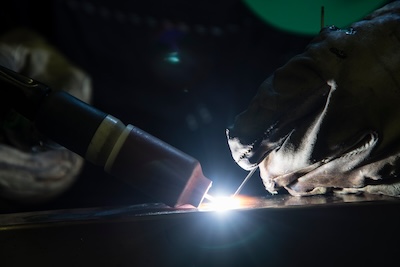
What's the Difference Between A Filler Rod and An Electrode?
A common misconception in welding is that filler rods are a type of electrode, or that the two can be used interchangeably. This is not true. An electrode serves as a medium through which an electric current flows to increase the temperature of the joint to its melting point. The electrode itself does not always melt; there are consumable electrodes like those used in stick welding, and non-consumable electrodes such as those used in TIG welding. A filler rod, on the other hand, is always a consumable. It melts independently of any electrical current, instead reaching its molten state as a result of the heat generated at the weld site.
Why Use A Filler Rod in Welding
Using a filler rod offers many benefits when correctly applied to the welded joint. Filler material can help operators control the size of the weld bead, improve the strength and integrity of the joint, and enhance properties such as corrosion resistance.
How to Apply a Filler Rod
During welding, the filler rod is fed into the weld pool manually or automatically, depending on the welding process. As the base metals melt, the filler material mixes with the molten pool, creating a homogeneous weld joint. Proper manipulation and control of the filler rod are essential for achieving consistent weld quality and integrity.
Benefits of Using Filler Material
One of the key benefits of utilizing a filler material in welding is that it can facilitate the fusion of dissimilar metals. By selecting a filler rod that is compatible with two different base metals, a joint can be created in cases where fusion would otherwise be impossible. Utilizing a filler metal can also give the weld joint unique properties to help bolster physical features like its rigidity and strength.


Challenges of Applying a Filler Rod
While a filler rod can potentially benefit a welded joint, manually applying a filler rod can be a challenging skill to master. Choosing the correct filler material is half the battle, as this can determine whether or not the metals will be able to coalesce. Another common issue faced by beginners is applying the right amount of filler at the right time. This can be a delicate balancing act, as filler rod materials often have a different melting point than that of the base metal. If heat is applied to the filler material for too long or too little, the resulting joint may have discontinuities, inclusions, or other faults.
Common Filler Rod Materials
When it comes to selecting the right filler rod material, it’s important to match the base metal chemistry as closely as possible, unless trying to join dissimilar metals or purposely augment the welding joint. The most common filler rods for mild steel are ER70S-2, ER70S-3, and ER70S-6 although there are many others available such as those suited for welding chrome-moly steels for car chassis.
For welding stainless steel, the most common filler rods are 300 series stainless steels, such as ER308, ER316 and ER309 which is used many times for joining different grades of stainless or stainless to mild steel. Of course, there are many more grades of stainless steel filler rods. At a high level, stainless steels are generally divided into 5 types including austenitic stainless steels (such as 300 series materials), ferritic stainless steels (such as 409 and 430), martensitic stainless steels (such as 410 and 420), precipitation hardening stainless steels (such as 17-4PH) and duplex stainless steels (such as 2205 and 2209). For each of these, there is a suitable filler rod.
When welding aluminum, there are generally two common grades of filler rod, 4043 and 5356. There are other grades available and for best results, operators must choose a filler rod that will serve the needs of the weld – matching the base metals or adding specific properties.

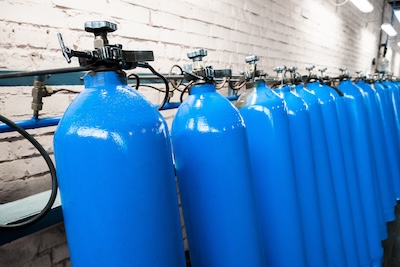
Types of Welding Gasses
In welding there are three primary types of gases to get familiar with: oxygen, acetylene, and inert gases. As the name implies, oxygen and acetylene are the two main components of oxy-acetylene welding- also known as oxyfuel welding. Inert gases, on the other hand, are used exclusively as shielding gases to protect the weld bead from atmospheric contamination. They are used in TIG welding and MIG welding applications to protect the purity and stability of the weld.
Oxy-Acetylene
Acetylene is prized for its high heat output, making it a preferred choice for gas welding, cutting, and brazing applications. When combined with oxygen, it produces a flame with temperatures ideal for achieving clean cuts and strong welds. Acetylene's versatility and reliability make it suitable for a wide range of industrial welding tasks, from automotive fabrication to shipbuilding.
Inert Gasses for Welding
Inert gases, most commonly argon and helium, play a crucial role in gas metal arc welding (GMAW) and gas tungsten arc welding (GTAW) processes. By creating a protective atmosphere around the weld pool, these gases prevent atmospheric contamination and help to ensure the integrity of the weld.
Welding Safety Gear
When welding, it is important to put safety first. This begins with wear and using the appropriate PPE. The specifications of the required gear will vary by welding process, but here are some personal protective equipment (PPE) recommendations to consider before getting started:
- A
Welding Helmet
- A welding helmet can offer protection against arc radiation, sparks, and debris. It is best to choose an ANSI-approved helmet, properly fitted to the welder's head, with the appropriate shade level for the intended welding process.
- • Welding
Gloves
- • Welding gloves help to protect hands from burns, sparks, and sharp edges. Choose a pair of gloves that are made from durable, flame-resistant materials.
- • A
Welding Jacket
- • A welding jacket can help shield the torso and arms from sparks, UV radiation, and heat. Look for jackets made from flame-resistant materials with snug cuffs to keep sparks away from the skin.
- • Safety
Glasses
- • Use safety glasses to help guard eyes from loose sparks, flying debris, UV radiation, and intense light. Select glasses with side shields and UV protection.
- • Respiratory
Protection:
- • Industrial welding respirators filters out fumes, gases, and airborne contaminants. Respirators with the appropriate filter for the process can help protect welders from welding fume and dust.
- • Work
Boots:
- • A pair of work boots can help prevent injury from stepping on sharp objects or falling workpieces and equipment. Choose work boots with a sturdy sole and flame resistant upper material like leather.
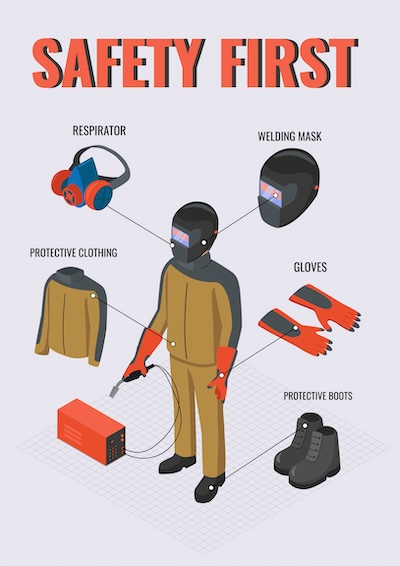
Welding Safety Tips
Although this is not an exhaustive list, here are a few quick tips for best safety practices tofollow while welding:
- • User Proper Ventilation:
- • Work in well-ventilated areas or use exhaust systems to remove welding fumes and gases from the workspace.
- • Keep Work Area Clean:
- • Remove clutter, flammable materials, and tripping hazards from the work area to prevent accidents and fires.
- • Use Personal Protective Equipiment (PPE):
- • Wear appropriate safety gear, including helmets, gloves, jackets, and safety glasses, to protect against hazards.
- • Inspect Equipment Regularly:
- • Check welding equipment, including cables, hoses, and connections, for signs of damage or wear before each use.
- • Follow Manufacturer's Instructions:
- • Adhere to the manufacturer's guidelines and recommendations for operating welding equipment and using consumables.
- • Practice Fire Safety:
- • Keep fire extinguishers readily available and familiarize yourself with their use. Have a clear understanding of fire emergency procedures and evacuation routes.
It's important to note that while welding safety gear and precautions significantly reduce the risk of accidents and injuries, they do not guarantee complete safety. Welders should always remain vigilant and exercise caution to help minimize risks and protect their safety and the safety of those around them.
